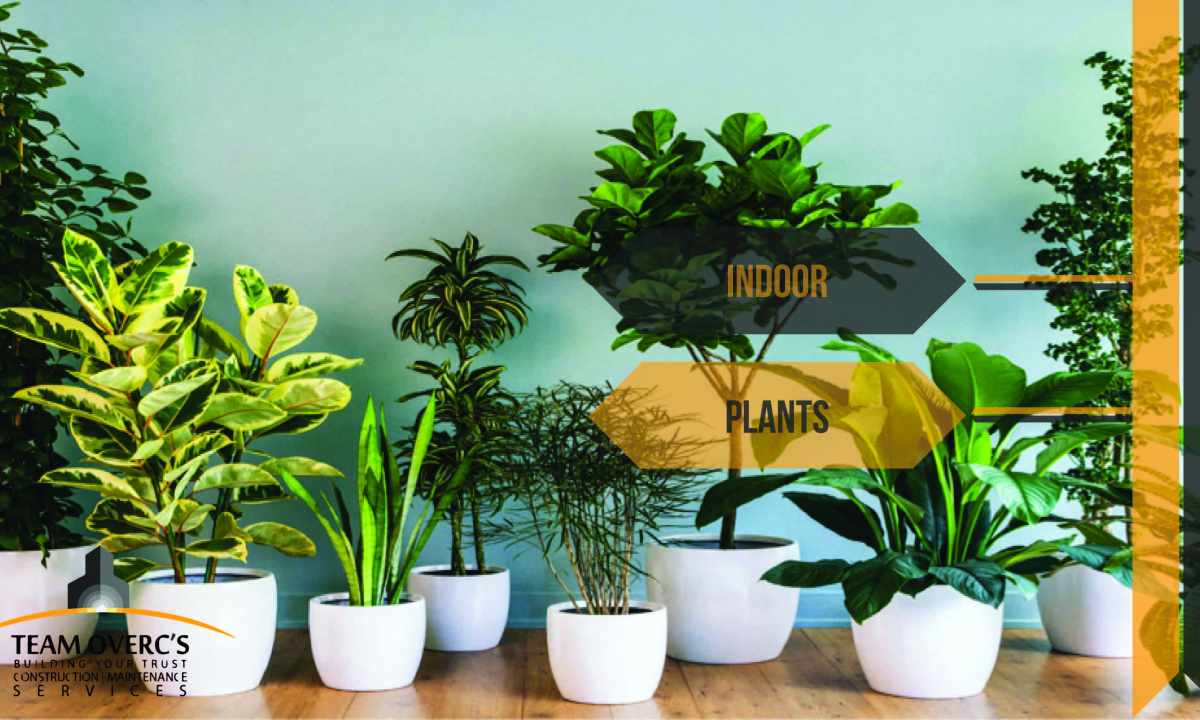The world of houseplants is rich and various. To each flower has the name: ivy and tradescantia, monstera and palm tree, arrowroot and saintpaulia. If to you the unfamiliar plant has got and you do not know how to look after it, do not despair. Look narrowly at it attentively: the shape of plant will help you to define its name.
Instruction
1. Pay attention to its exterior. At cereals long, narrow leaves. They are not really attractive therefore they are not popular. At bushy plants the earth usually leaves several stalks, they do not grow only in height or width. Some of them can be little and compact (begonia, arrowroot, peperomia, koleus, pilea), others - sprawling and high (aukuba, abutilon). Plants with upright stalks have direct vertical stalk which often rests against ceiling. Among them pillared (columned stalk without leaves): various cacti and haworthias. Trees have the central branching trunk. Leaves at them on scapes. The most widespread of this group - ficus, shefler, citrus, laurels, codiaeum. The bases of fallen leaves have covered stalk at false palm trees. Young leaves at them are located only on the top: dieffenbachia, dragon tree, pandanus, yucca. Stalks of lianas and ampelous plants go down on the parties of pot or demand support: ivy, scindapsus, some types of ficuses and filodendron, fittonia, Morgan's sedum, cissus, singonium. At socket plants the leaves are brought together in one point. Most often such flowers not high: saintpaulia, primrose, gloxinia, sanseviyeriya, threshed, aloe, vriesia splendens, aechmea, chlorophytum.
2. Look narrowly at flower leaves. If they long, sharp, spear-shaped, then it can be aglaonema, calathea, aspidistra. If leaves with outlines of star or palmatipartite, then it can be abutilon, cissus, begonia, geranium, fatsia, philodendron, ivy. If leaves are similar to feather, then it can be asparagus, jacaranda, mimosa, nephrolepis, pteris, radermakher. If the plant is similar to palm tree, then it can be vashingtoniya, coco, date, chamaedorea, howea. If palchatoraspolozhenny leaves are collected on the top of stalk, then it can be dizigoteka, shefler, cyperus. If the bases of leaves cover upper part or all stalk, then it can be dieffenbachia, dragon tree, pandanus, yucca, Beaucarnea. If leaves oblong lantsetny or ovoid, from reverse side of leaf purple, with pronounced color streaks also sit on short stalk, then it can be arrowroot, the stromant, ctenanthe, calathea. The monstera is recognized on by deep cuts and openings on large leaves.
3. Study features of flower. The tillandsia does not demand watering, eats air. The agave, hibiscus, cactus, poinsettia, oleander, citrus wither in dark corner, at them begin to fall down leaves. But the sanseviyeriya, scindapsus quietly transfer shadow and do not love bright sun. At arrowroots in dry hot weather leaves are displaced by tubule. And here gipoestes, fittonia, koleus, decorative spotty leaves have codiaeum. Oxafoxes closes the leaves butterflies for the night.
4. For more exact definition of the name of flower address the book by Dr. D.G. Heessayon ""All about houseplants"". It is also possible to use the book by V.V. Vorontsov ""Houseplants"".
